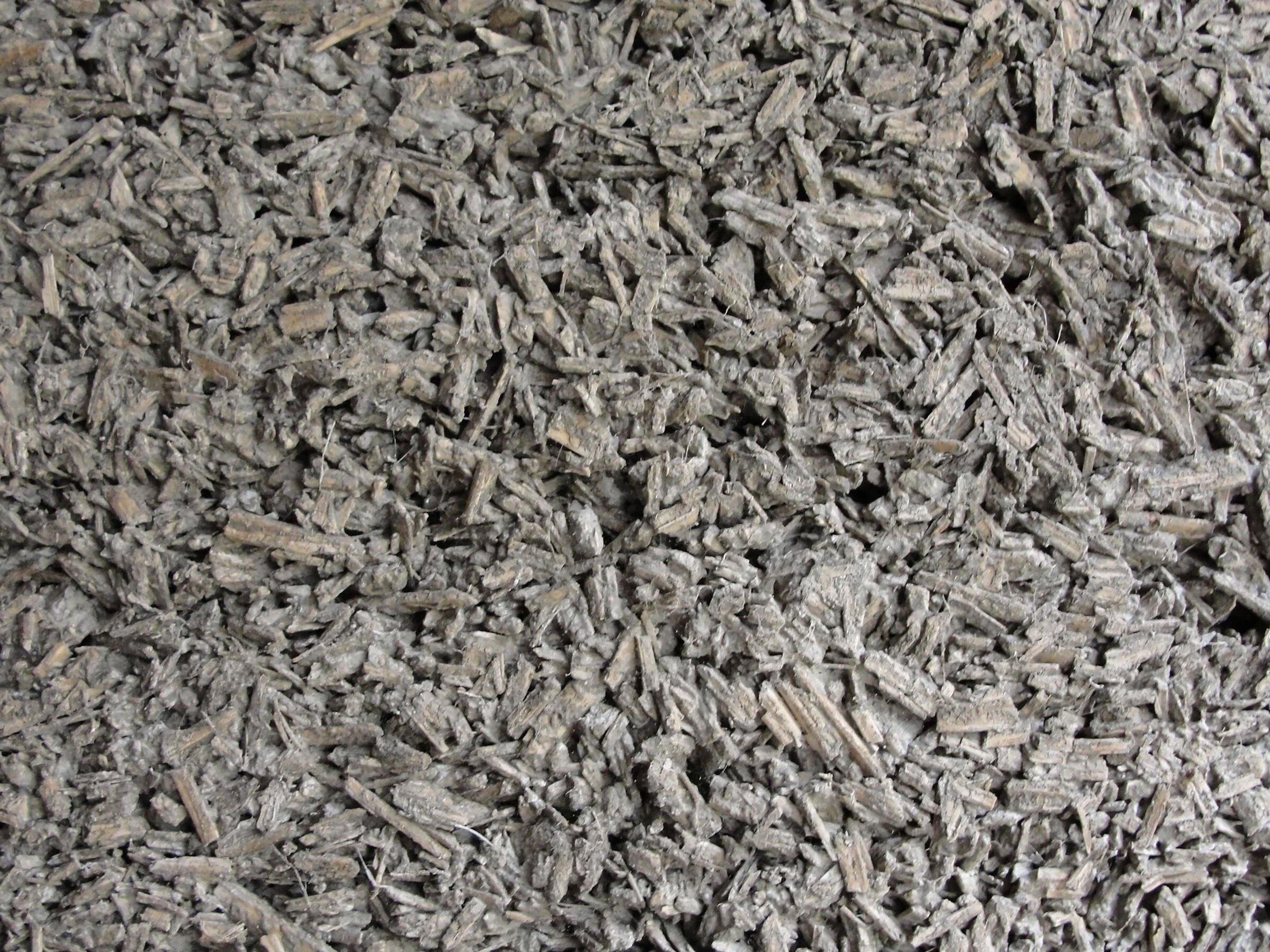Fact sheet
Hempcrete
Key Facts built into structure for 100 years
Net CO balance: -100 kg/m³
Specific weight: 350 kg/m³
Fire protection class: B1 according to EN 13501-1; DIN 4102
Thermal conductivity: 0.06 - 0.07 W/m.°K
-
very good thermal insulation
Breathability without condensation for a pleasant indoor climate
Low weight
significant sound insulation (sound insulation index 37 to 45 dB)
Durability (dadeCANCRETE is built to last 100+ years
)Reduction of atmospheric carbon as
important contribution of the construction industry to climate neutrality
-
#biogen:
Hempcrete benefits from the rapid carbon sequestration of the plant Cannabis sativa ssp. sativa. Through their photosynthesis, carbon from the air is stored in a stable form in the fibers. The hemp chips in our dade CANCRETE are 49% carbon.non-biogenic:
The lime binder, which encloses the hemp chips in a hardened matrix, also binds atmospheric CO₂ by carbonation.
-
Growing time: 110 days (cultivation possible 2x per year)
Yield per ha: 15 t hemp, divided into 11.25 t
stem/stalk, 3 t fiber and 0.75 t dust. The high quality shives (length 1-3 cm) used for Hempcrete make up about 60% of the stem (= approx. 6.75 t/ha)CO₂- intake per ha net: 26 t
CO₂- uptake per ha gross: 27.6 t
CO₂- emissions from cultivation processes per ha: 1.6 t, primarily from fossil-fuel-powered agricultural machinery (plowing, harrowing, fertilization before sowing, sowing, germination, cutting and threshing, winching, baling and loading).
Conclusion:
Per hectare, 6.75 t of hemp hurds are produced, which bind a net 11.7 t of CO₂.
With 6.75 t of hemp hurds, approx. 70 m³ of Hempcrete can be produced.
-
simplified per m³ (base: 350 kg/m³):
emissions per m3:
Hemp: 10
Lime mixture: 160
Transportation: 3
Capturing:
Hemp -184
Carbonation lime: -94
Total balance approx. -105kg/m3
-
dade CANCRETE consists only of natural ingredients that are sourced regionally
Scientific publications show in life cycle analyses that Hempcrete always has a negative greenhouse gas footprint. (See Ip & Miller, 2012; Pretot et al., 2014; Boutin et al., 2006; Jami et al., 2016; etc.).
Cradle-to-Cradle: hempcrete is recyclable, resp. can be chopped up and recast into hemp bricks / hemp blocks.
-
minimal static properties (processing
in combination with concrete skeleton or timber construction
makes sense)not suitable as apartment partition wall
Restrictions in interior construction, comparable
with gas concrete blocks. e.g. not possible to fix high boxes of a kitchen with dowels
-
CO₂ calculation according to KBOB 2022, life cycle assessment data in the construction sector according to ISO 14067 & EN 15804
Ip & Miller (2012). 'Life cycle greenhouse gas emissions of hemp-limewall constructions in the UK.' Resources, Conservation and Recycling 69: 1-9.
Jami et al. (2016). 'Hemp concrete: carbon negative construction', Emg.Mater. Res. 5 (2) 240-247.
Werner (2017) 'Work report for the independent verification of the calculation of the indicator values of hemp-lime bricks made of hemp and lime of the Schönthaler Betonsteinwerk' for the KBOB list, project report according to EN 15804+A2.
Zampari et al. (2012). 'Life Cycle Assessment of Hemp Cultivation and Use of Hemp-Based Thermal Insulator Materials in Buildings', Environ. Sci. Technol.





